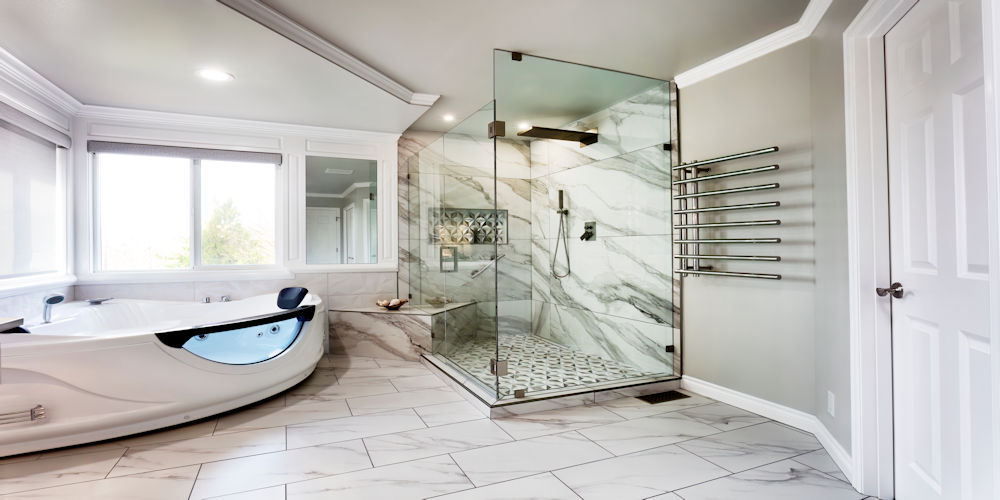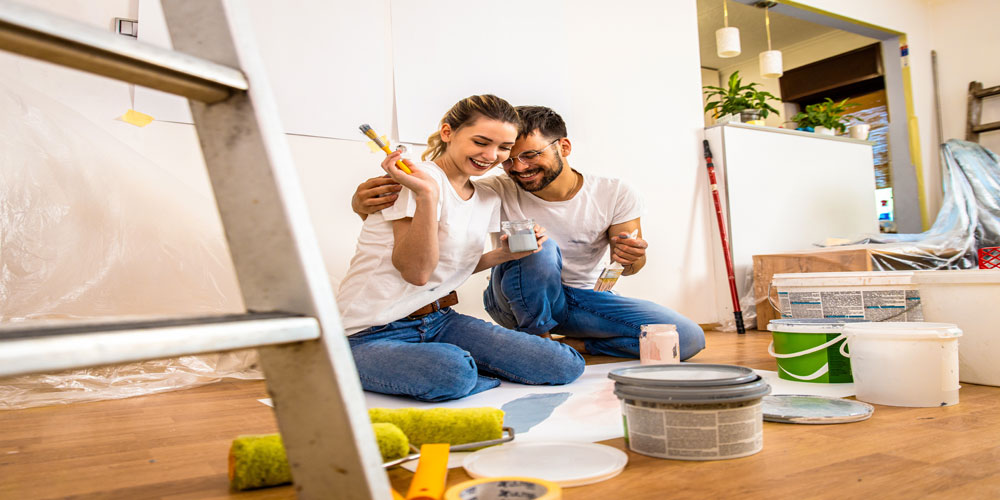A Walk-In Bath ~ A Guide to Safe & Accessible Bathing
As more families focus on safety and independence at home, walk-in bath his rapidly becoming a popular choice for aging adults and those with limited mobility. These specialized baths feature a watertight door, allowing users to step in easily, sit comfortably, and enjoy a relaxing soak, without the struggle of lifting a leg over a high tub wall.
But is a walk-in bath the best fit for you or your loved one? Let’s explore how they work, their benefits, and a few alternatives to help you make an informed decision.
What Is a Walk-In Bath?
A walk-in bath is designed for accessibility and ease of use. Unlike traditional bathtubs, it features a low entry threshold and a sealed side door that opens inward. Once seated, the user closes the door, fills the tub, and enjoys a secure, comfortable bath. Afterward, the water drains completely before the door can reopen, ensuring a dry, slip-free exit.
Most walk-in baths include built-in safety and comfort features such as:
- Grab bars
- Non-slip flooring
- Anti-scald temperature controls
- Optional hydrotherapy or air massage jets
These features make walk-in baths ideal for people living with arthritis, Parkinson’s disease, joint pain, or reduced mobility due to age, injury, or disability. They support independent bathing while reducing the risk of slips and falls.
Key Benefits of Walk-In Bath
1. Improved Safety
The low 2–4-inch step-in height and watertight door minimize the risk of falls, the leading cause of injury among seniors.
2. Enhanced Independence
Users can bathe safely on their own, maintaining both privacy and confidence.
3. Therapeutic Comfort
Optional hydrotherapy or air jets can help ease sore muscles, improve circulation, and reduce stiffness in joints.
4. Increased Home Value
For homeowners preparing to age in place, a walk-in tub is a practical and attractive upgrade that may add resale appeal.
Who Should Consider a Walk-In Bath?
Walk-in tubs are especially helpful for:
- Seniors who want to age in place safely
- Individuals recovering from hip or knee surgery
- People with chronic conditions such as arthritis or multiple sclerosis
- Caregivers looking to reduce strain during bathing assistance
However, walk-in baths may not be right for everyone. They take longer to fill and drain, adding 10–15 minutes per bath, and some users may feel uncomfortable being enclosed while waiting. Space limitations can also be a factor in smaller bathrooms.
Alternatives to Full Walk-In Baths
If a full walk-in bath doesn’t suit your needs, there are other accessible bathing options to consider:
1. Walk-In Showers
A sleek, curbless design provides easy access, often with built-in seating and grab bars for safety.
2. Bath Lifts
Mechanical lifts lower and raise users in a standard bathtub, making them ideal for those who want to keep their existing setup.
3. Quick Bath Cut-Outs
For a faster and more affordable solution, a bath cut-out converts your existing tub into a low-entry model. This simple modification removes a section of the tub wall and adds a watertight door, providing safe, step-free access without a full remodel. It’s budget-friendly, minimally invasive, and preserves your current plumbing and tile work.
Making the Right Choice
When deciding between a walk-in bath, a Quick Bath cut-out, or a walk-in shower, consider:
- The user’s mobility and comfort needs
- Bathroom size and layout
- Budget and installation timeline
- Long-term care goals
For many households, a Quick Bath cut-out offers the best balance of safety, affordability, and convenience, especially when a full renovation isn’t practical.
The Bottom Line
A walk-in bath can be a life-changing upgrade for anyone who struggles with traditional bathing. It provides safety, comfort, and peace of mind for both users and caregivers. But it’s not the only option, accessible showers and cut-out conversions offer flexibility for every lifestyle and budget.
Before making a decision, take time to assess your needs, consult with a professional, and choose the solution that best supports independence, safety, and quality of life at home.


